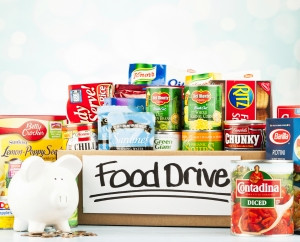Annual Food Drive!
Once again this year we are reaching out to our wonderful giving clients to help us fill up some empty shelves at our local food bank. This year will be similar to last year. We asked for you to leave canned goods on your porch the day of your treatment (or call us for pick up) and we will gather the food for donation. We text our customers letting them know about their appointments in advance. This will give you time to shop or raid your pantry. Every item donated helps locally!
We will be collecting non-perishable foods until Saturday December 20th. Please help us fill those shelves!
Why should you donate?
88 percent of households reported using three or more coping strategies for getting enough food in the past 12 months. The frequency of these strategies among all households include:
-
66 percent report eating food past the expiration date;
-
39 percent report growing food in a garden;
-
40 percent report pawning or selling personal property;
-
87 percent report purchasing inexpensive, unhealthy food;
-
41 percent report watering down food or drinks;
-
51 percent report receiving help from friends or family
MAKING TOUGH CHOICES AND TRADE-OFFS TO KEEP FOOD ON THE TABLE
Following are the choices client households reported making in the past 12 months:
-
69 percent report choosing between paying for food and paying for utilities.
-
70 percent report making choices between paying for food and paying for transportation.
-
77 percent report choosing between paying for food and paying for medicine/medical care.
-
48 percent report choosing between paying for food and paying for housing.
-
20 percent report choosing between paying for food and paying for education expenses.
CLIENTS STRUGGLING WITH HEALTH ISSUES
-
87 percent of households report purchasing inexpensive, unhealthy food because they could not afford healthier options.
-
77 percent of households report having to choose between paying for food and paying for medicine or medical care.
-
40 percent of households include a member with diabetes.
-
65 percent households have a member with high blood pressure.
-
19 percent of households do not have insurance.
Source Second Harvest Food Bank




